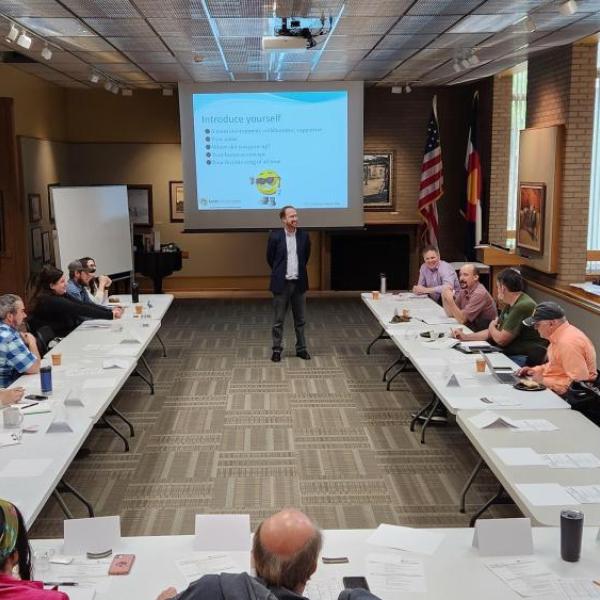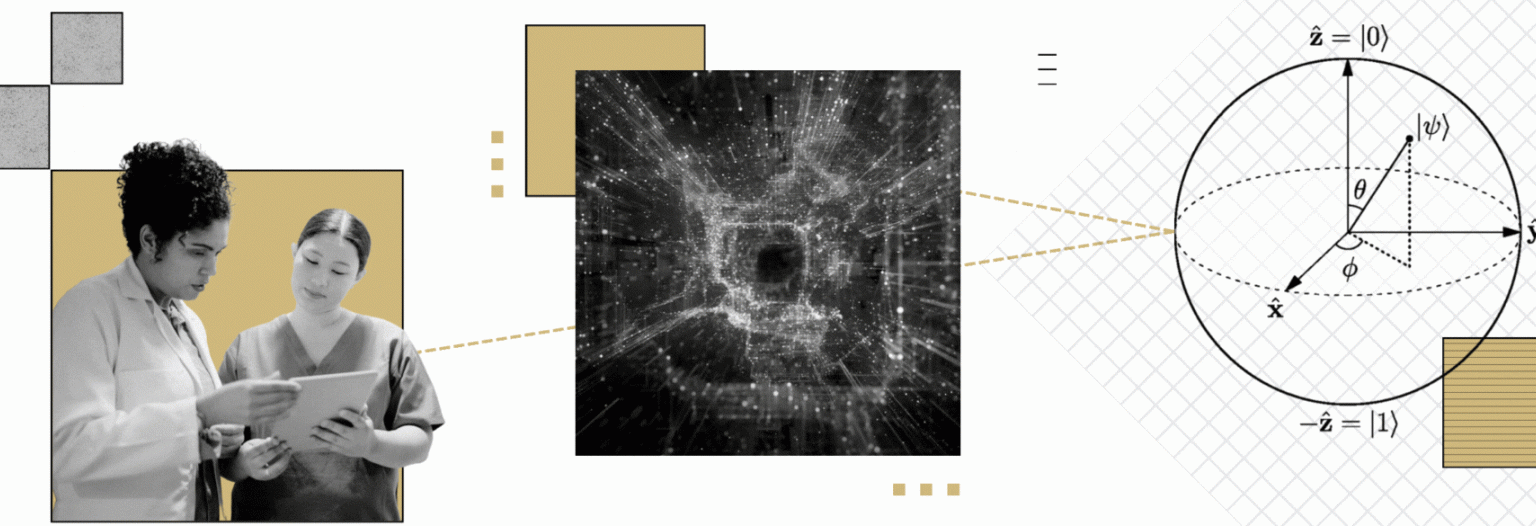
Dear Latrice,
We also love...
Gayle | Lakewood, CO
And we’re proud to be part of it by helping Coloradan pharmaceutical innovations reach patients more quickly through quantum computing.
Campus Location

Led by Director Daniel LaBarbera, PhD, the Center for Drug Discovery (CDD) at CU Anschutz is at the forefront of high-throughput drug discovery. Opened in fall 2021 and located within the Skaggs School of Pharmacy and Pharmaceutical Sciences, the CDD features a custom-built suite of robotic and imaging systems that can do in minutes what previously took one researcher hours to accomplish.
In a CU Anschutz 360 podcast episode, LaBarbera explains the CDD’s technological innovations and its role within CU Anschutz's thriving academic entrepreneurship ecosystem. He notes that while most researchers on campus use innovative but low-throughput disease models, the CDD's high-throughput science, powered by robotic automation, enhances academic innovation.
“Our goal in early drug development is to replicate aspects of human disease with low-throughput assays,” LaBarbera said. “We then validate potential drug candidates, or ‘hits,’ and move to confirm these as lead therapeutics.”
A major challenge in drug development is the “valley of death,” the costly and risky gap between academic innovation and drug commercialization. LaBarbera also highlights the role of CU Innovations and Colorado’s recent federal quantum technology hub designation, led by the Elevate Quantum consortium, in bridging this gap.
For insights into how CU Anschutz is transforming drug discovery and overcoming challenges in drug development, listen to the full podcast.

